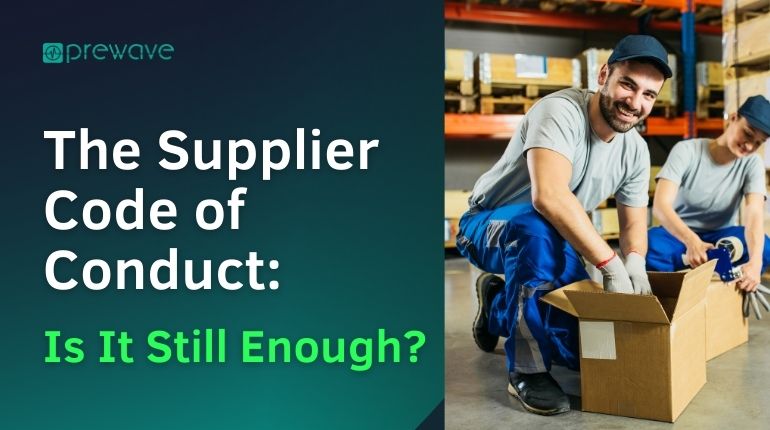In our previous post, we went over due diligence: what it is, why it matters, and how it’s done.
To recap, due diligence refers to any efforts taken by a company to determine current and potential risks in the supply chain, from Tier 1 to Tier-N. This is also known as Supply Chain Visibility (SCV).
Establishing a code of conduct has been one way in which companies have tried to perform due diligence.
This involves making sure that a company is complying with human rights, labour standards, and environmental policies, but also verifying that suppliers are in compliance with applicable laws and ethics.
Implementing such a written guideline enables companies to prevent some supply chain risks and safeguard their reputation. It can even translate into a competitive advantage when scouting for a proper supplier.
What is a supplier code of conduct?
A supplier code of conduct, also referred to as a code of ethics or a code of practices, are guidelines that list a company’s expectations regarding what they consider to be acceptable and unacceptable supplier practices. The supplier code of conduct intends to ensure that suppliers adhere to high standards of humane, ethical, and environmentally-friendly working conditions and practices.
Commonly, a supplier code of conduct includes the following topics:
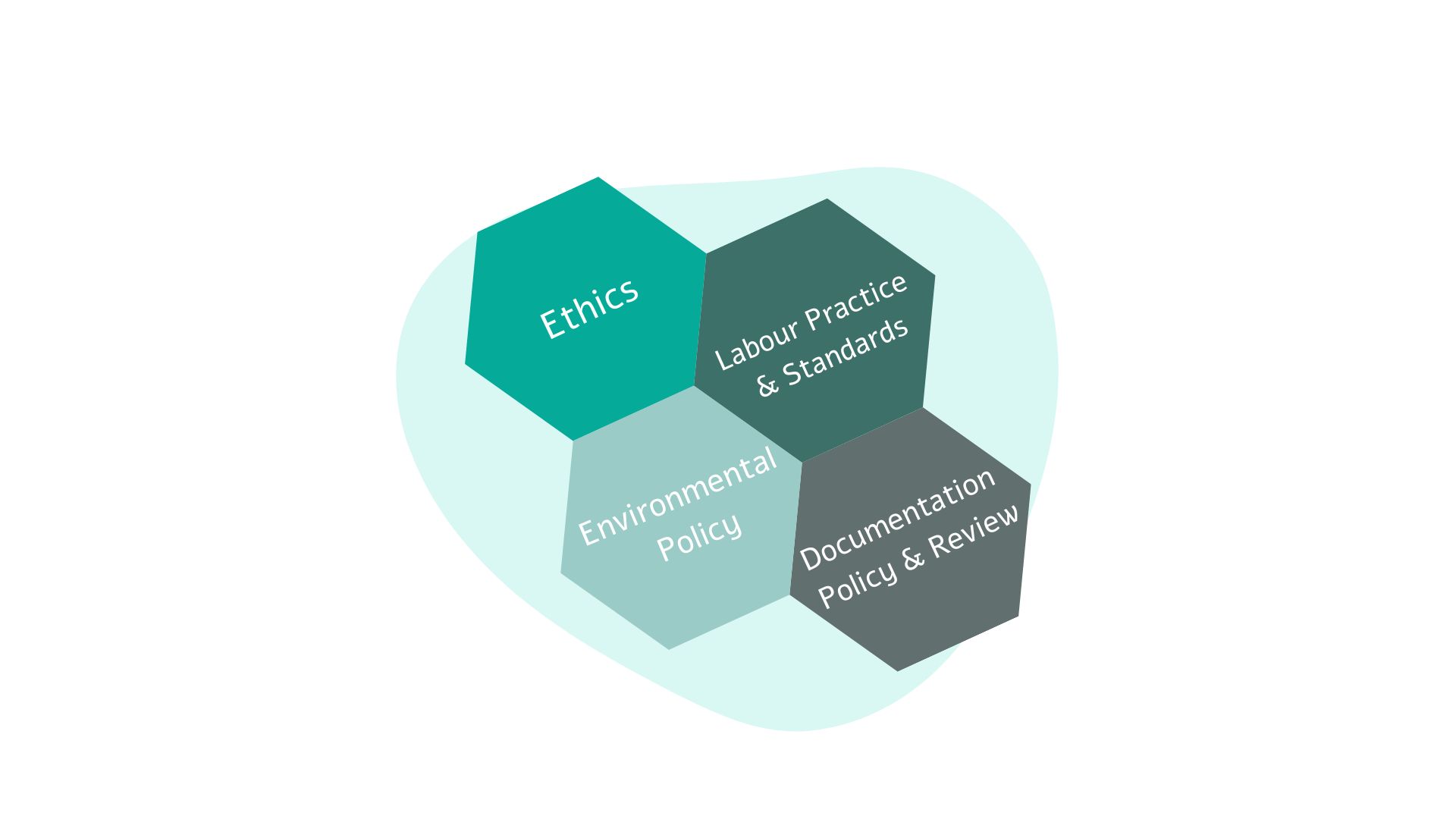
- Labour Practice and Standards—This section focuses on practices that safeguard against child labour, discrimination, health and safety violations, inhumane working conditions and working hours, poor compensation, forced employment, etc.
- Environmental Policy—Consists of regulations and requirements that aim to make sure that the supplier’s business practices and operations are not harmful to the environment.
- Ethics—Compliance with fair business practices, anti-corruption regulations, and rightful managing partner relationships.
- Documentation Policy and Review—Consists of a detailed description of the documentation process and an outline of the review process.
Why is a supplier code of conduct important?
The need to establish a resilient and transparent supply chain is on the rise—and the advantages are clear for any company looking to gain a competitive edge. So, why aren’t more companies adopting transparent and resilient business practices?
At first glance, achieving supply chain visibility (SCV) seems like an expensive, time-consuming process that might easily fail, given how hard it is to identify and keep track of all your suppliers—especially Tier-N.
However, with the right partner—and software—at your side, Tier-N transparency is easily achievable.
Prewave’s Tier-N Monitoring is your one-stop solution to complete supply chain visibility. The process is simple: We begin with a list of your direct suppliers. We then use our software to map out your entire supply chain, which gives us an overview of all supply chain tiers down to the raw material. With this information, we can start the screening process, which finds risks in real-time—and up to 10 years in the past.
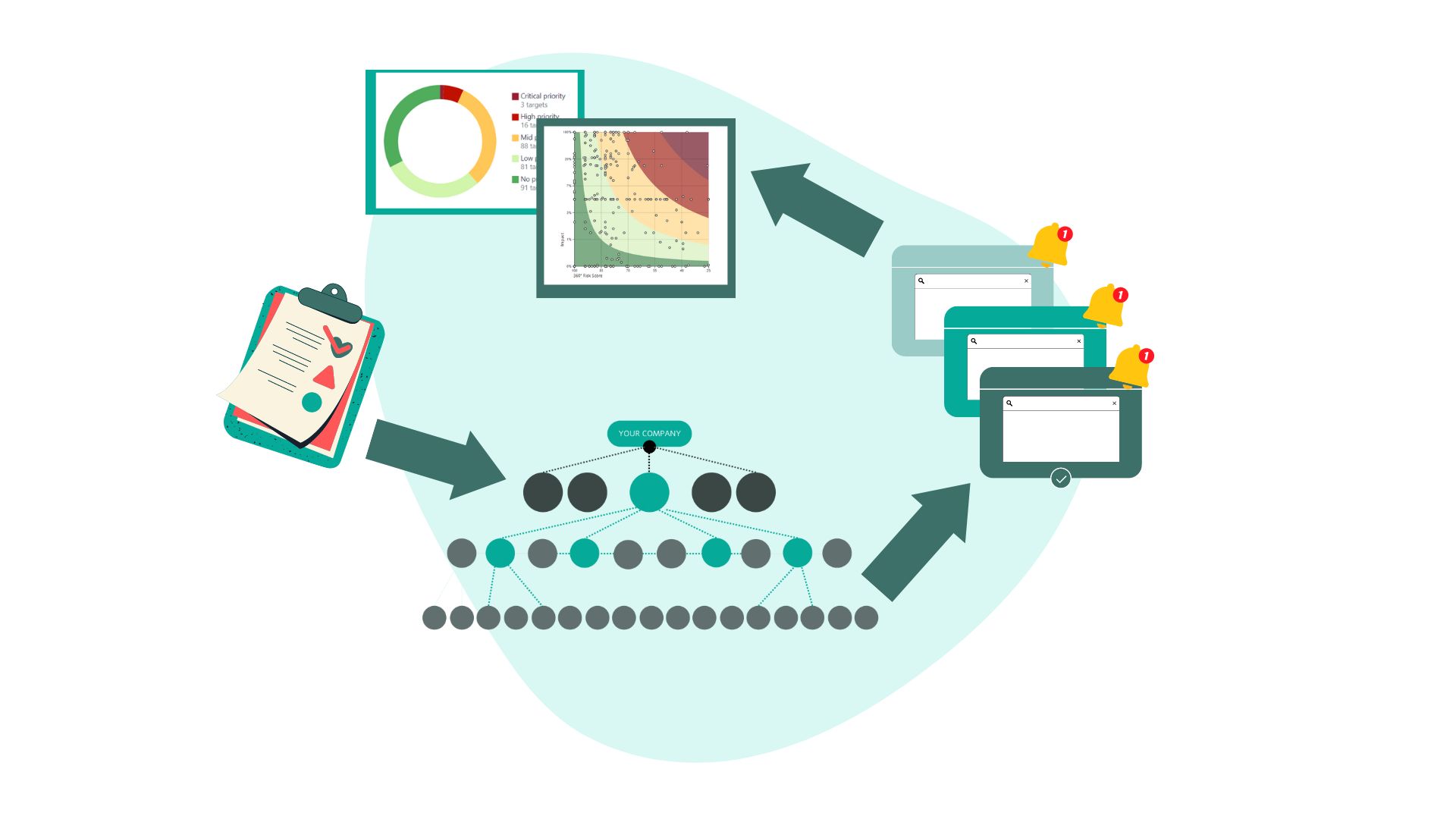
All of this information is used to build the 360° supplier score—an easy-to-work-with indicator that will soon become a part of your daily business operations. With this information at your fingertips, it will be easy to:
- Determine which supplier poses the greatest risk to your business
- Plan for and react to any disruptions in advance
- Stay informed of what is happening in your supply chain, in real-time
With this setup, we ensure that your supply chain is as transparent as possible, so that you can reduce disruptions and ESG risks, which in turn will make not only yours, but all supply chains more resilient and sustainable.
Prewave can help you build the foundation of your code of conduct, which will:
- Establish clear expectations of humane, ethical, and environmentally-friendly business practices
- Instil a sense of shared goals and views along your entire supply chain
- Ensure that your suppliers take responsibility for everything that is happening in their own supply chains
- Establish a transparent, more resilient supply chain
- Protect your business from financial and reputational damages
- Help you choose future suppliers
A code of conduct is especially valuable if your company sources material and products from countries with unclear or undefined environmental and labour laws.
How should you go about creating a supplier code of conduct?
For the supplier code of conduct to work as intended, it needs to be tailored to the needs of the company—and the entire supply chain, across all tiers.
The following three steps for implementing a supplier code of conduct will enable you to adjust your own based on your needs and expectations:
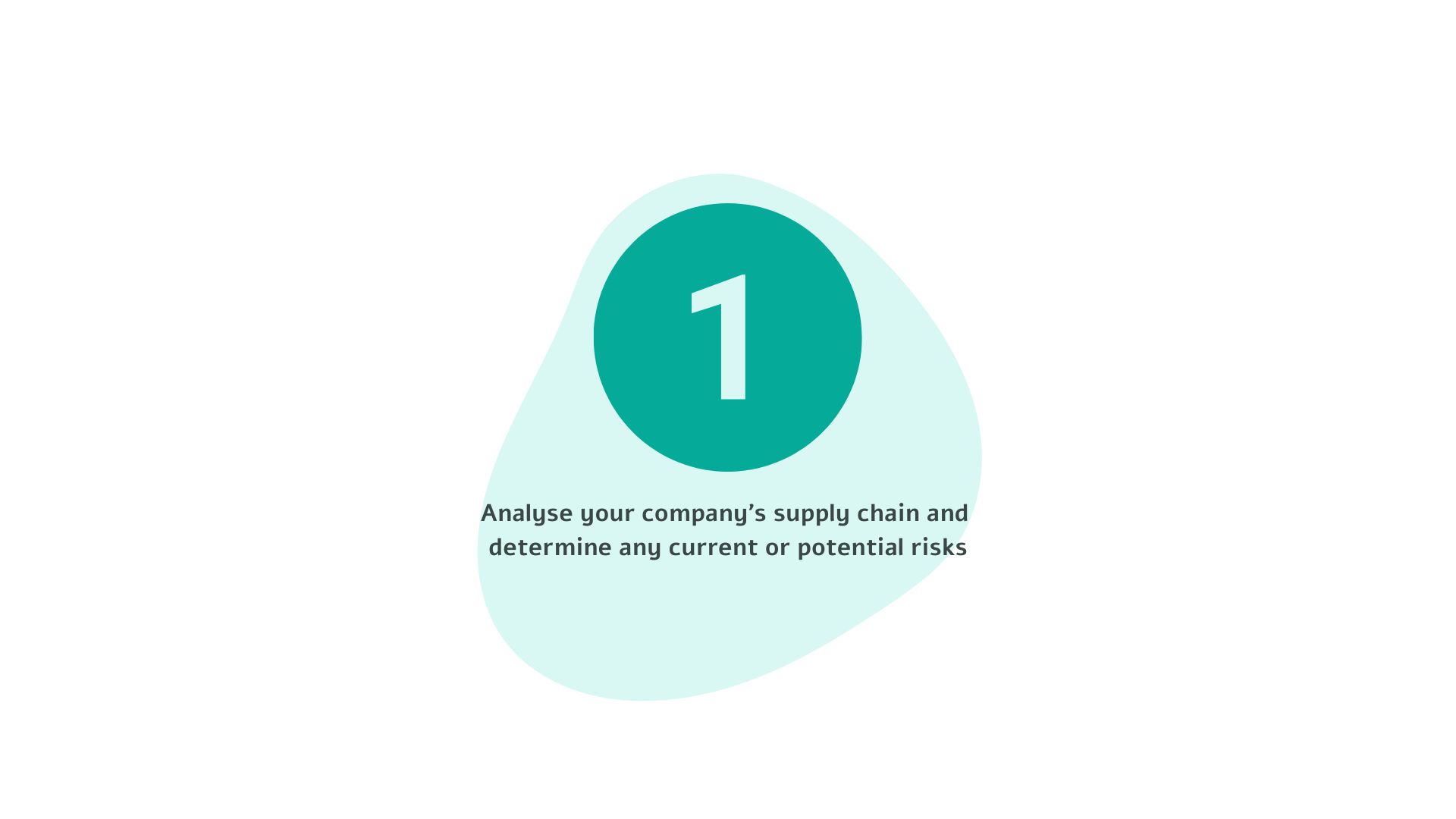
Depending on the country your supplier is located in, industry, and product, different alterations will need to be implemented to the supplier code of conduct.
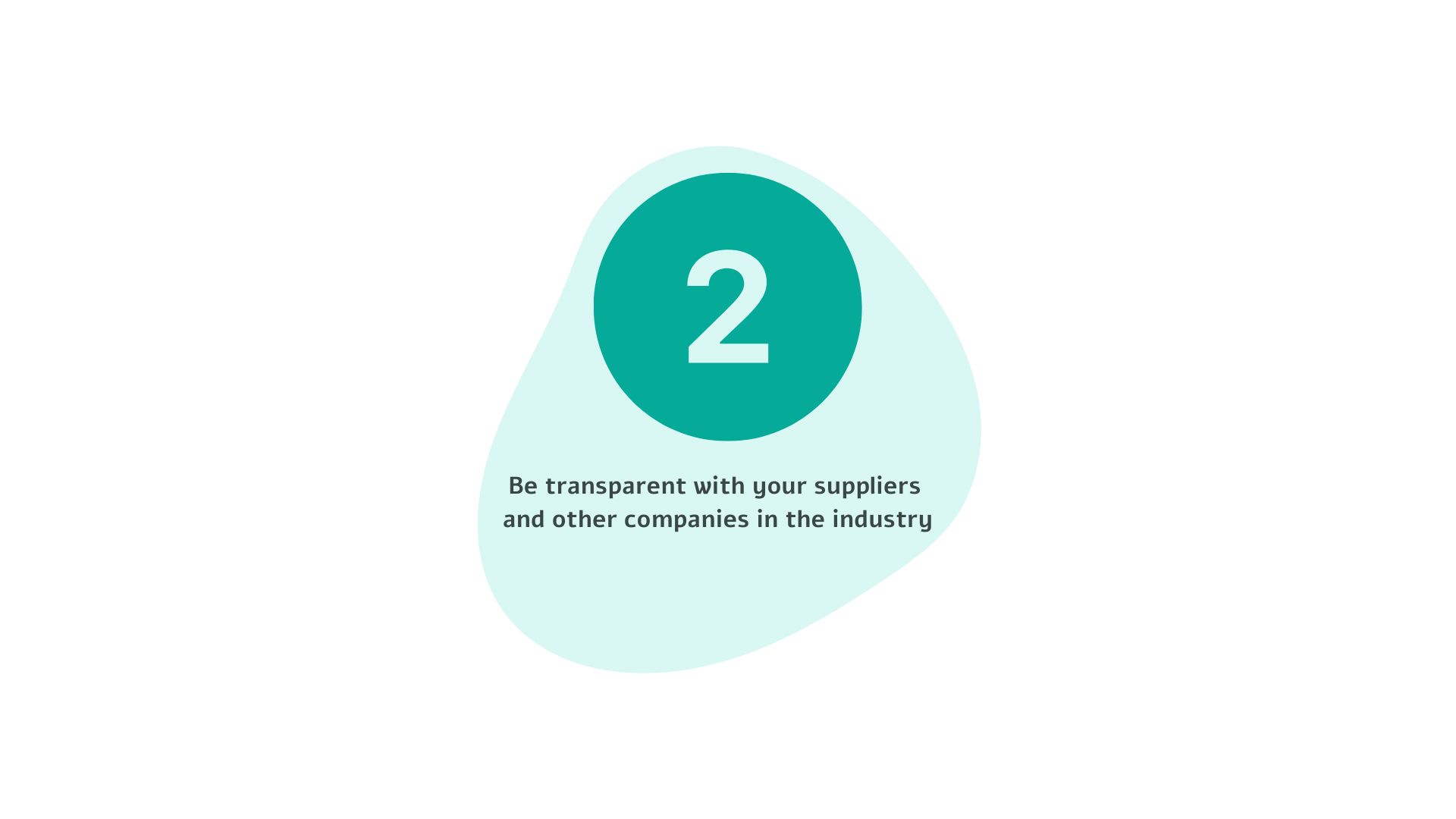
As your suppliers are directly affected, discussing matters with them is highly recommended. Your suppliers might already might be in compliance with or adhere to a code of conduct. It might be useful to examine any past or existing codes of conduct.
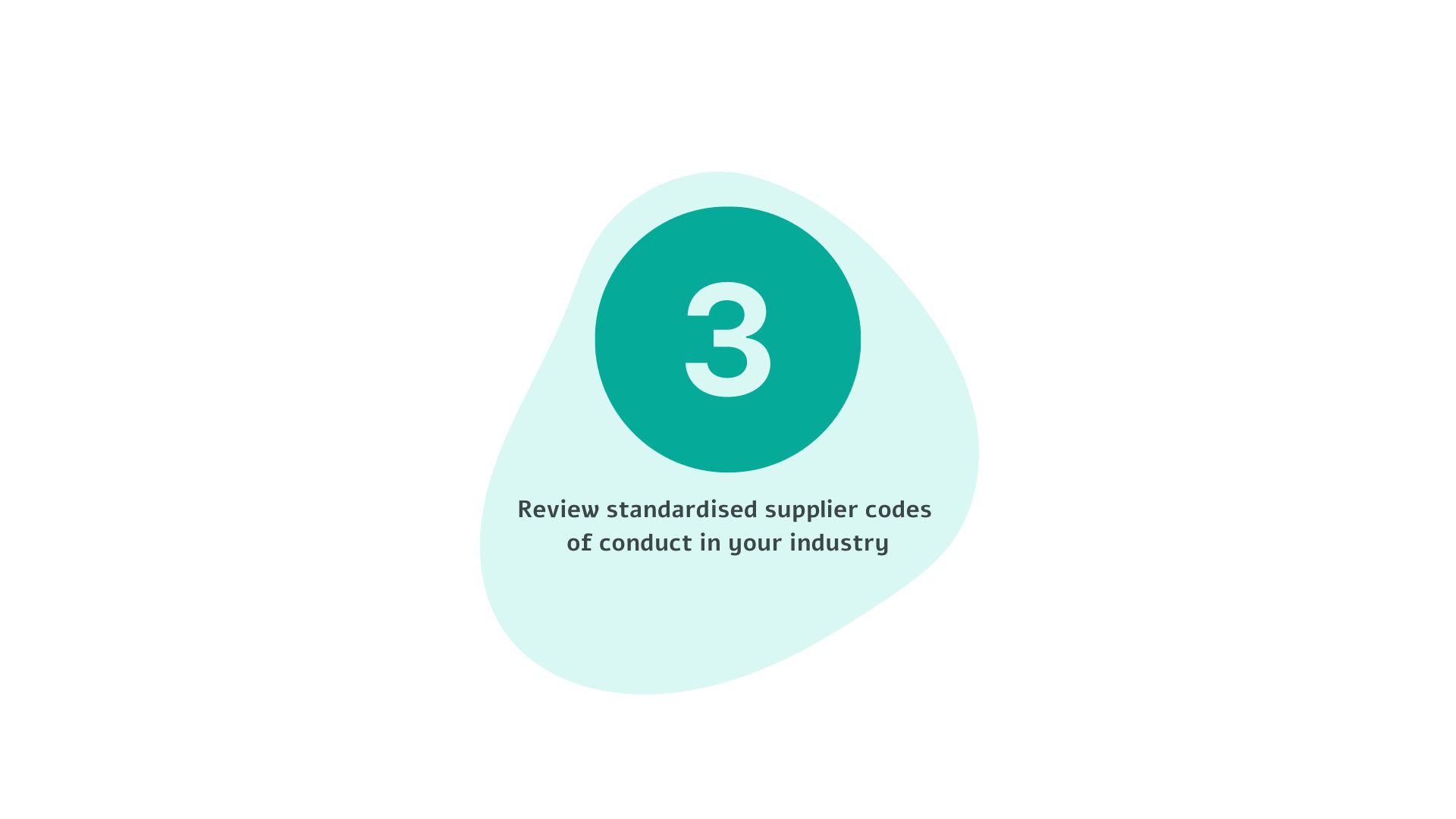
Reviewing industry-specific, standardised codes of conduct could prove to be an advantage when working closely with suppliers. The following are examples of standardised codes of conduct: the Ethical Trading Initiative, the Fair Labour Association, and the Industry Citizenship Coalition.
Below, you will find the International Labour and Environmental standards, which serve as the basis for a supplier code of conduct, as these texts describe the basic principles of human rights, labour regulations, and environmental policies.
Labour Standards
- UN – Universal Declaration of Human Rights
- UN Global Compact
- ILO – International Labour Standards
Environmental Standards
- ISO14000 – A collection of voluntary standards and rules concerning environmental management systems, eco-labelling, environmental auditing, environmental performance evaluation, environmental aspects in product standards, and lifecycle assessments.
How should a code of conduct be implemented and monitored?
Once your supplier code of conduct is ready, you will be required to establish an implementation and monitoring strategy, to ensure that your suppliers are aware of and comply with it. Usually, audits are used to help monitor the supplier.
But is merely implementing a code of conduct enough to ensure a sustainable supply chain?
The short answer is no.
It is a step in the right direction, but as the saying goes, paper is patient.
While implementing a supplier code of conduct is a welcome and essential cornerstone of any sustainability strategy, companies can now go beyond simple guidelines and assessments—with real-time monitoring.
This is done through supplier monitoring. Suppliers—including Tier-N—can now be monitored in real-time, through various news sources, social media platforms, and countless other available data sources. By having the necessary information at the click of a button, you are constantly aware of everything that is happening in your supply chain—any risks your business might be exposed to, sometimes even months in advance.
Agreeing to sign a code of conduct is not the same as adhering to it. While most suppliers might agree to sign, a signature will not prevent them from conducting business operations that might be in direct opposition to it. This means that, even with a code of conduct in place, the risk to your business remains.
Luckily, while a code of conduct might not be enough, Prewave is here to help.
Our platform picks up on any current and potential risks to your business—by analysing anything, from online rumours to news sources in more than 50 languages—giving you the necessary information to plan for and react to any disruptions.
Ensure that nothing in your supply chain will ever go unnoticed.
Contact us today!
